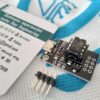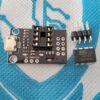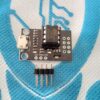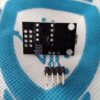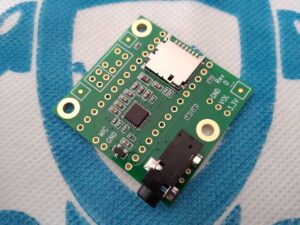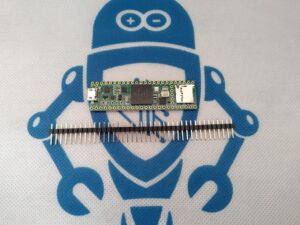+251 99 380 2995 | +251 97 022 2227 | [email protected]
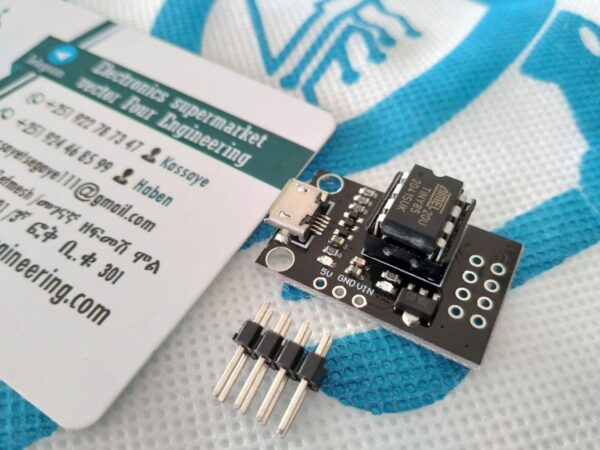
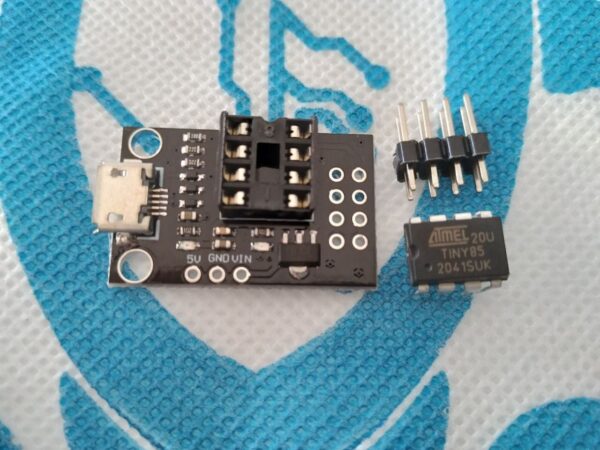
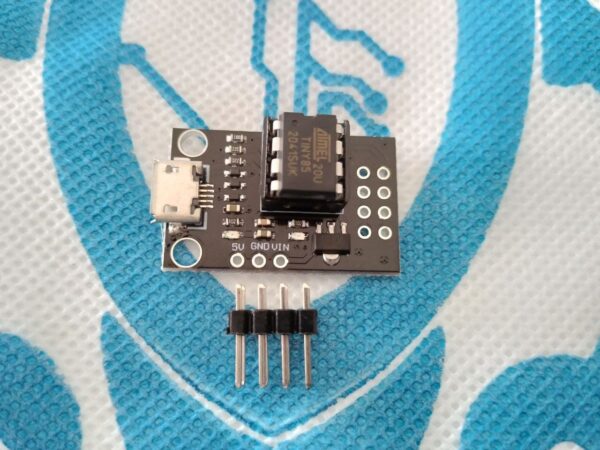
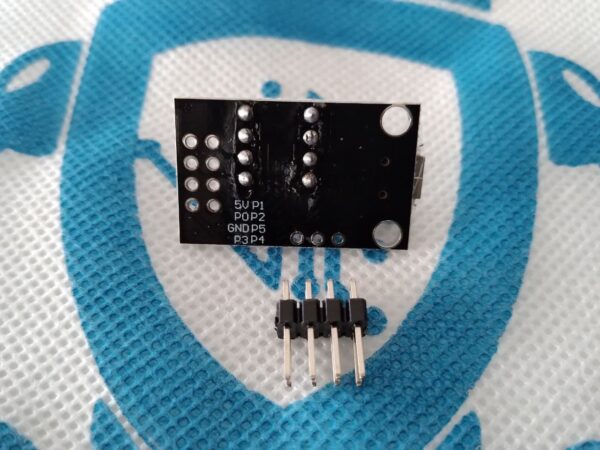
ATtiny85 development board
Br 950.00
- Support for the IDE 1.0 (OSX/Win/Linux)
- Power via USB or External Source – 5v or 7-35v (12v or less recommended, automatic selection)
- On-board 500ma 5V Regulator
- Built-in USB
- 6 I/O Pins (2 are used for USB only if your program actively communicates over USB, otherwise you can use all 6 even if you are programming via USB)
- 8k Flash Memory (about 6k after bootloader)
- I2C and SPI (vis USI)
- PWM on 3 pins (more possible with Software PWM)
- ADC on 4 pins
- Power LED and Test/Status LED
- ATtiny85 development board

